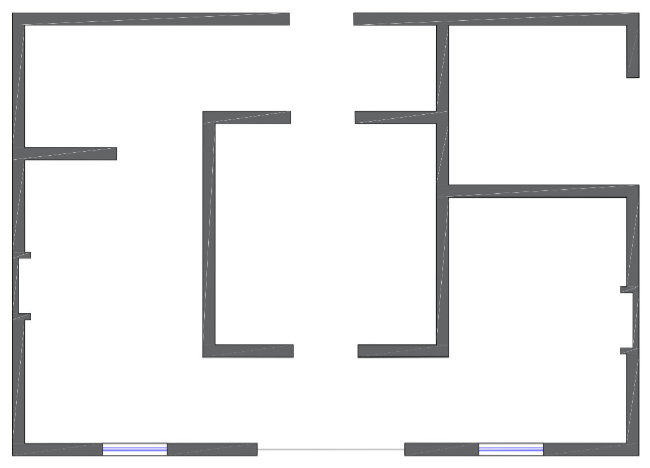Entry Fees : Rs. 20/- per Indian Visitor.
Rs. 400/- per Foreigner.
Camera Charges - Rs 100/- per Camera
 Kol is the second largest tribe of Madhya Pradesh after Gonds. Apart from Madhya Pradesh, Kols also reside in Uttar Pradesh, Bihar, Odisha and Maharashtra. Kol tribe lives in Rewa, Sidhi, Satna, Shahdol, Jabalpur, Umaria, Anuppur and Mandla regions of Madhya Pradesh. Kols consider themselves to be natives of Pharenda and Kurali villages in Rewa district. Their densest population in the state is in Rewa, Sidhi and Satna only. Based on the 1991 census, the total population of Kols in Madhya Pradesh was 1,23,811.
Kol is the second largest tribe of Madhya Pradesh after Gonds. Apart from Madhya Pradesh, Kols also reside in Uttar Pradesh, Bihar, Odisha and Maharashtra. Kol tribe lives in Rewa, Sidhi, Satna, Shahdol, Jabalpur, Umaria, Anuppur and Mandla regions of Madhya Pradesh. Kols consider themselves to be natives of Pharenda and Kurali villages in Rewa district. Their densest population in the state is in Rewa, Sidhi and Satna only. Based on the 1991 census, the total population of Kols in Madhya Pradesh was 1,23,811.
22 sub-branches of Kol tribe have been considered. Kol is one of the ancient tribes of India, whose mention comes in Rigveda and many other mythological texts. According to anthropology, the Kols come under the Kolarian or Munda group, which is considered a primitive group. The word 'Kol' means human. Both Kol and Korku are words of Mundari language family and in the original language of Kol or Munda tribe, the word 'Kore', 'Hor' is still used for the person of the society. The Kols were at one time so influential and their biological spread was such that the group of several sub-castes that originated from them was named by anthropologists as the Munda or Kolarian group. Probably because of living in the company of other society for a long time, today they do not remember their origin story or songs etc.
According to a Munda myth, Kol and Bhumij are the children of Oto Boram and Singbonga i.e. Sun God. The origin of Kols is also found in mythology. According to one such legend, the Kol, Munda, Shabar and Bhumij communities were born when Kamdhenu (a heavenly cow) struck the earth with her horn. One belief is that those born with spade were called Kol, those who took bow and arrow were called Munda and those who had sabbal (an iron bar) in their hands were called Shabar. According to an another legend, the Kol tribe was born along with other castes from the body of King Vena, who himself was the son of the Earth.
A Kol village has a panchayat and some of its traditional posts – such as Mahto, Barua, Bhuihar, Ojha, Panda, Dewar and Niutiya. Mahto or Chaudhary is the head of the village, Niutiya does the work of informing and inviting everyone on all occasions, be it a bad or good. A panchayat is considered capable of settling all kinds of disputes in community.
The Kol community prefers to live in tolas (colonies) by building houses facing each other, which is called Kolhin Tola. If the entire village belongs to the Kols only, then it is called Kolhan. The kol madiya or the walls of the house are made by mixing straw in the soil. A rope made from the bark of the Bakohda tree is used to tie the bamboo stick. Like other tribal communities, for Kols too, cattle are as much a member of the household and that is why one of the four rooms in the house is dedicated to cattle.
Their costumes, festivals, marriages have been molded into the customs of other local communities to a large extent, thus they are unable to create their own separate identity. The ornaments of women, however, still have a glimpse of the tribal community.

After the selection of a suitable place, to make the boundary wall of the house, soil is prepared by mixing paddy, mango leaves or Kodo paira. The walls of the house are made with this soil. After the construction of the walls, the roof is covered with thin sticks of serua, gulmehandi, dhawai. The sticks are tied in bamboo chips with a bakoda band. Khaprels (the roof tiles) are also made by themselves. The main door of the house often is in the north-east or west direction. The newly built house is divided into four parts. In the north direction, there is a meeting hall and cows or other cattle are tied in the other room. Of the two rooms on the south side, household items are kept in one, the other is the kitchen. Apart from household items, there are essential items for daily use in the house.
Budhsen, Shivprasad, Ramgarib, Kallu, Sita, Roshni, Lalita
Region – Sidhi